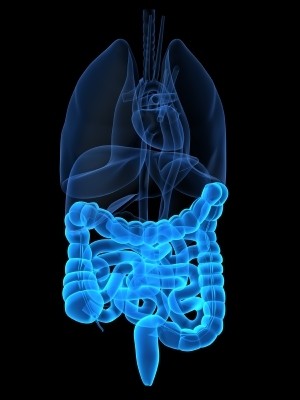Global functional drink growth eases in recession
Market researchers Zenith International said functional drink sales rose 3 per cent in 2008 to 26.5bn litres. This is down on an historic growth rate of 8 per cent a year between 2003 and 2008.
Fitting normally into the premium price category, functional drinks have come under recessionary pressure. Substantial slowdown was seen in North America while most other regions experienced solid growth rates.
Global variation
Zenith market development director Gary Roethenbaugh said the decline in North America was due to the impact of the worsening economic climate in 2008 and the relatively well developed nature of the US market. North America held a 41 per cent share of global volume in 2008.
Having become established in North America and Europe, functional drinks sales are now growing fastest in emerging markets.
Zenith said East Europe has made significant gains in recent years and now accounts for 4 per cent of the global market. Moving forward, the research firm expects the Middle East to drive growth in energy drinks and Asia Pacific and Latin America to eat into North American dominance of the sports drinks market.
Even in the developed markets growth is expected to continue, albeit at a slower rate than the meteoric levels of recent years.
“Look good and feel good”
Roethenbaugh said health and wellness will remain the main driver in the functional drinks market in 2010. But he said that within that broad church, those products that promise to help consumers “look good and feel good” are set to perform best. Examples of products in this category include skin health and weight management drinks.
By 2013, Zenith estimates that the global market will reach 35bn litres, which is equivalent to 6.9 litres per person. Currently, consumption per person lies at 5.5 litres, having risen from 4.0 litres in 2003.








